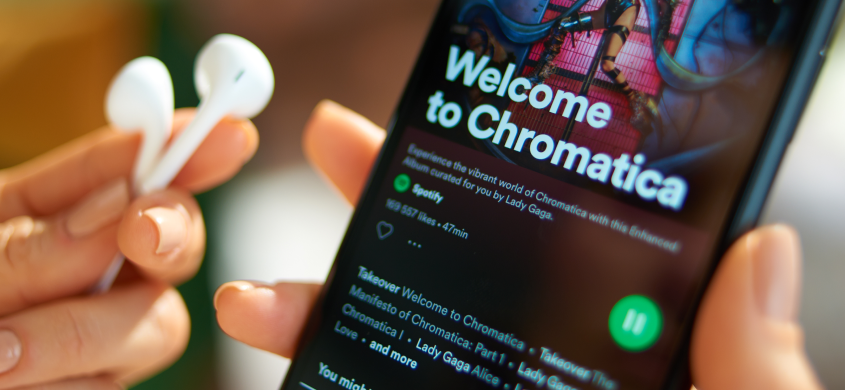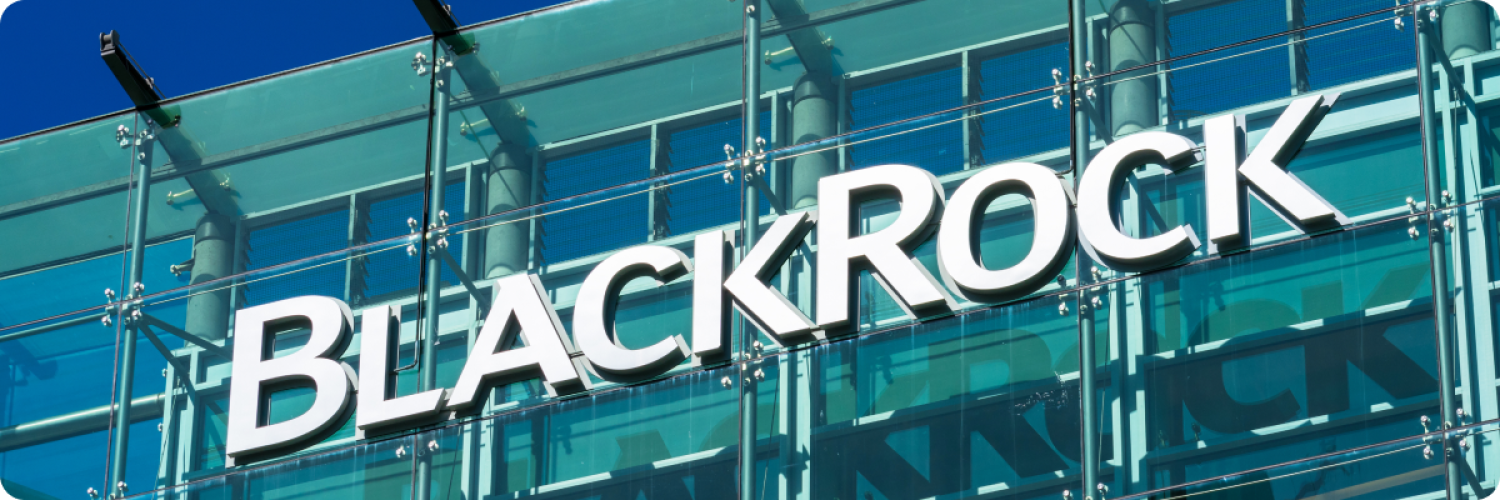Morning Toast March 28th
Hi, I’m X! | GFC 2.0 Jitters.

Highlights
We’re closing out the quarter much as we started it with the added hint of a financial crisis, a skittish banking sector, the Fed winding down its interest rate hikes, and inflation still soaring. There have only been a handful of times that the outlook for the economy has been this cloudy. Saying that all three major indexes posted gains last week, so what do we know!
Market News
GFC 2.0? Lessons from the past
Is it déjà vu, or are we all just a bit jittery from too much coffee with our Toast? Folks are whispering about the possibility of a global financial crisis 2.0, and we can't help but look for lessons from the past.
If you think of the Great Depression, few people turn their minds to Black Thursday — October 24, 1929 — the day the Dow Jones Industrial Average dropped 11% at the open, before large investment houses bought into stocks to prop up the market. Rather, they think of the crashes on Black Monday and Tuesday the following week, which were the final triggers to kick off the Great Depression.
What is often forgotten is that the market actually regained ground for a few months after October 1929, before capitulating completely to the dire economic reality.
Fast forward to the 21st century and we have the Great Recession (aka the GFC) — remember those heartbreaking scenes of bankers hauling their belongings out of Lehman Brothers? In reality, this was just the icing on a depressing cake. The financial boom party that had seen massive growth for more than a decade had been over since 2006 when U.S. house prices peaked and the stock market started getting suspicious.
This period was known to most in the UK and Europe as the Credit Crunch, and it led to mass layoffs in finance and tech between 2006 and 2007, way before the GFC of 2008.
By early 2007, several major investment bank-owned hedge funds had blocked withdrawals, a major U.S. non-bank home lender had collapsed, and Northern Rock was the first UK bank to suffer a run on deposits in almost 150 years.
Jump to the collapse of Silicon Valley Bank and Signature Bank, plus dozens of other small-to-mid-sized U.S. banks under immediate threat, and the final downfall of one of the world's largest investment banks, Credit Suisse, we ask ourselves - are we headed for another GFC?
Like in 2008, the fuel is there in the form of massive household, corporate and government debt, but this time around there are very few levers to pull to get the world back on track. In hindsight, the handling of the GFC by the regulators has potentially kicked the can of the ‘big one’’ down the road.
Things might be different this time around. For one, policymakers today were around for the last GFC, so they know the game well. This is different from 2008 when there was little retained knowledge from the early century. If they can tame the wild beast called inflation by pushing up rates, we might see a credit crunch, a recession, and some belt-tightening for everyday folks — but maybe not a full-on catastrophe.
Stay tuned for next week's Toast, where we'll share a look again at history to see how investors surfed the GFC wave and came out on the other side, ready to ride the growth wave when the storm passed.
Stock Spotlight

The feature, which debuted on February 22, is fueled by years of Spotify machine learning, user listening data—think the songs you played on repeat in 2018, or the new genre you’ve been into lately—and generative AI from Sonantic—the voice AI company Spotify acquired last summer for a reported $95 million.
In the time between the AI DJ’s release and the beginning of March, it saw a notable number of return users: “On days when users tune in, fans spend 25% of their listening time with DJ,” Spotify stated in a blog post.
The post goes on to say that more than half of first-time listeners used the DJ again the following day.
Sustainability News

Investment giant BlackRock announced the release of its Engagement Priorities for 2023, outlining the key themes identified by the firm as sources of material risk or opportunity that will form the focus of its engagements with companies this year.
Despite anti-ESG political pressure facing the investment industry, and the firm in particular, the engagement priorities released by BlackRock remain largely unchanged from the prior year. They continue to include sustainability-focused topics in their key themes, including “Climate and natural capital,” and “Company impacts on people,” alongside other priority topics.
In this year’s release, however, BlackRock stressed that its engagement is focused on understanding how companies manage risks and capitalise on opportunities and that it “does not tell companies what to do.”
Quote of the Day
“How refreshing to read about the good kind of tipping points!”
Joel Makower is referring to “The Breakthrough Effect,” published by the Bezos Earth Fund, SystemIQ and the University of Exeter. It describes solutions that provide "an opportunity to rapidly increase the deployment of zero-emission solutions and drastically cut global emissions,” including the paths to get there. A recipe to save the planet.
Douugh, did you know?

In a ‘2-for-1 stock split’, each existing share of stock would be split into two shares, doubling the number of shares outstanding. For example, if a company has 10 million shares, priced at $2 each, its market cap would be $20M. A 2-for-1 split would then mean 20 million shares would become outstanding, as the share price would halve to $1. Although the two numbers have changed, the market cap would remain $20M.
A stock split happens to make shares more affordable and accessible to a larger number of investors. For example, on August 25, 2022 Tesla underwent a 3-for-1 stock split. Each shareholder received an additional 2 shares, taking the almost $900 share price to just under $300!
A ‘reverse stock split’ can also take place, though it’s less common. This is when a company reduces the number of outstanding shares, which increases the stock price. Again, an investor’s stake doesn’t change, and neither does the valuation of the company.
Traditionally, stock splits are usually seen as a positive sign, as a company is increasing its liquidity (available shares to trade). However, it's important to keep in mind that the fundamentals of a company and its future growth potential do not change during a split!
Start Investing Today!
Investing involves risk. You aren't guaranteed to make money, and you might lose the money you start with.
Douugh Australia Pty Ltd ABN 76 617 000 138 operates under Douugh Australia Pty Ltd AFS License No. 500063. Although we endeavour to ensure the accuracy of information we provide, we do not accept responsibility of liability for any errors or from any loss from its use. Any information provided is general advice only and has been prepared without considering your objectives, financial situation or needs. We don't provide personalised advice or recommendations. Before making any investment decision you should consider whether it is appropriate for your situation and seek appropriate taxation and legal advice. For more details, see our FSG, Terms of Service and other disclosures.
Stay informed with the Morning Toast
Save time with curated and delivered financial news and insights.